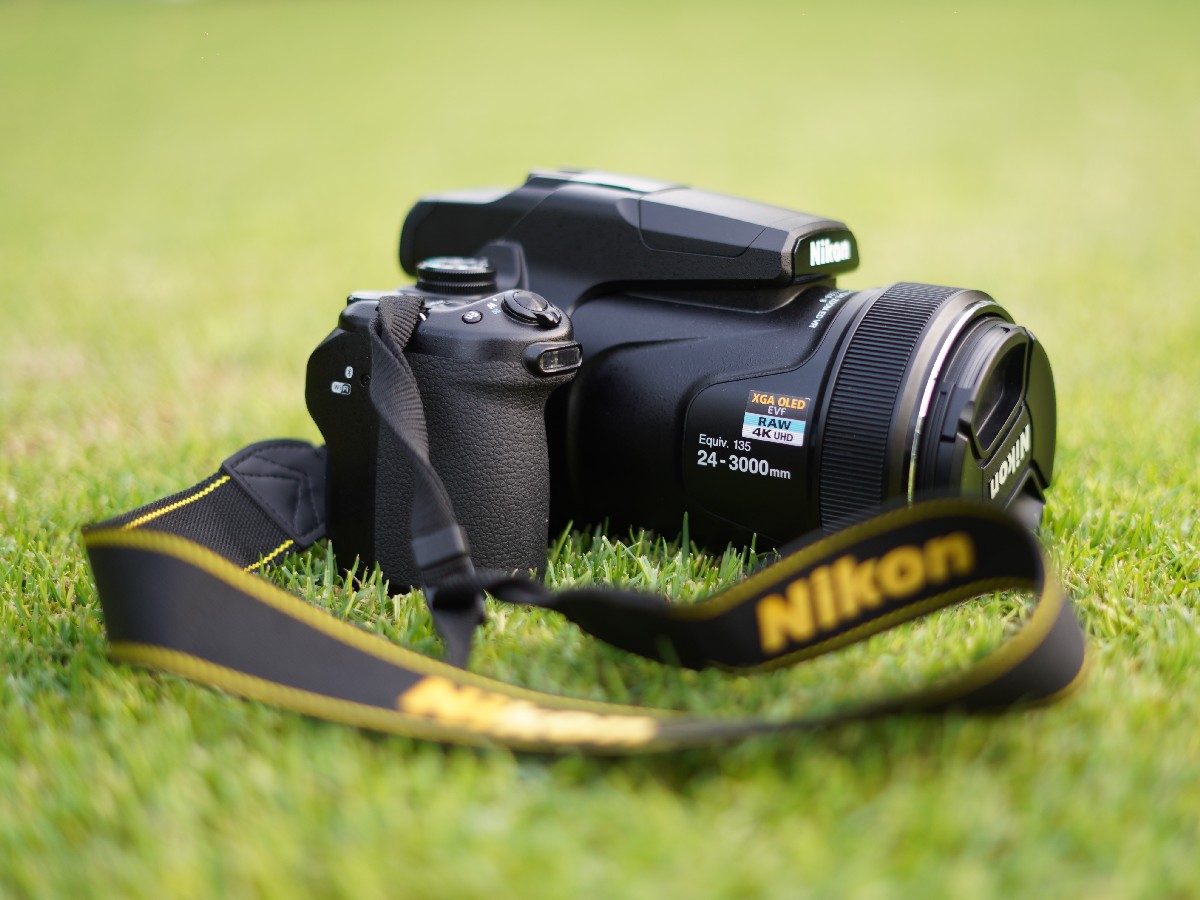Nikon launched their Coolpix P900 a while ago which had an insane zoom, and more recently they launched the Coolpix P1000 with an even more insane zoom which is the one we are reviewing today. To give a number to the insanity, it is 3000mm. Yes, a point-and-shoot camera that has a 3000mm zoom or the equivalent of 125x (given the base of 24mm).
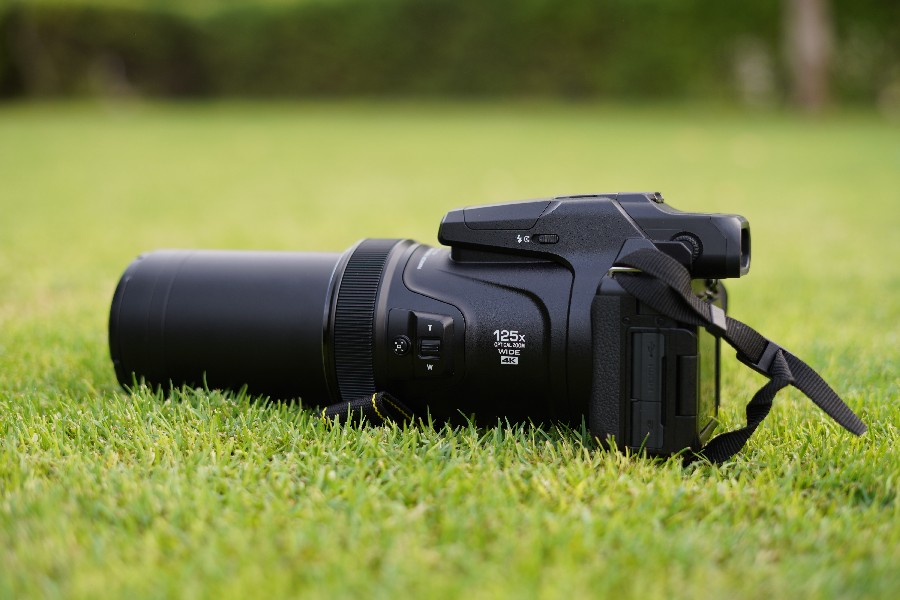
“Where’s the catch?”, you might ask. Let’s explore the camera a bit, and you’ll know what the camera can and can’t do.
The USP – Zoom:
As soon as I got my hands on the camera, I started zooming in on various buildings, structures etc. But the next day I just had to go and shoot the moon as seen in various videos online. It also has a ‘moon’ mode which basically is like an auto-mode but especially for the moon. It adjusts the various factors to give a correct exposure where you can see the moon clearly. Apart from that, it gives you the ability to adjust the temperature; so you can get a yellow or blue tint to the moon. This mode worked really well, and given the fact that the moon is bright and requires a small exposure time, it is quite possible to shoot it hand-held even at 3000mm. Combined with the ‘vibration reduction’ feature built-in, you surely would get a very good shot of the moon.
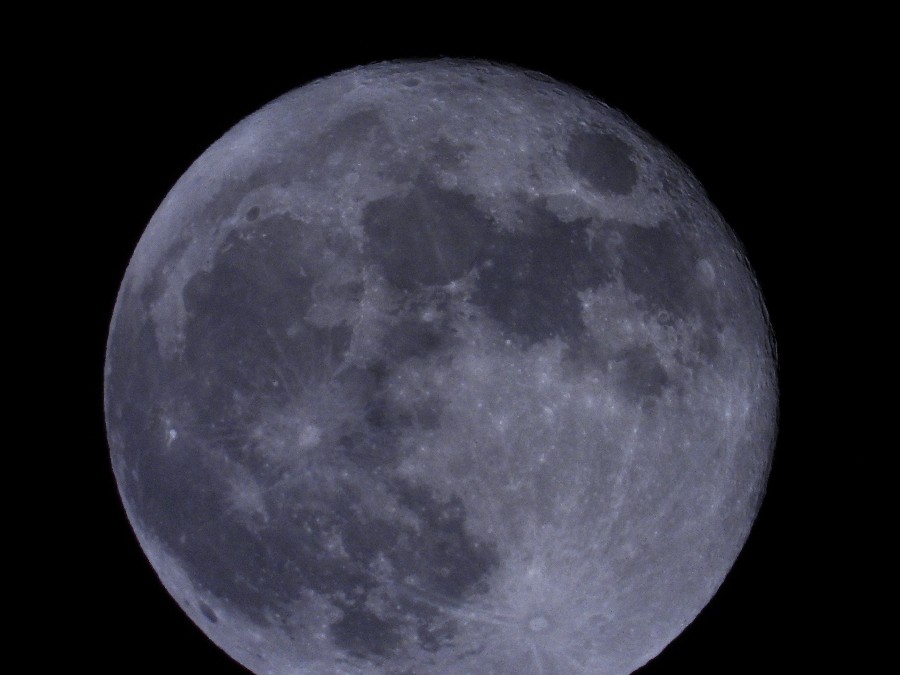
I was definitely happy with the kind of zoom that this camera can do. After shooting the moon, I really didn’t know what else to shoot to see the zoom capabilities of this camera. Just for fun, I zoomed into a hotel which was 8kms away from my house and never knew which one it was since I didn’t have the Nikon Coolpix P1000 before this. Now I do.

There were times when at different zoom levels, the white balance (on Auto) showed the image a bit differently, though most of the times it was quite good.
A really thoughtful feature of the P1000 is that it has snapback zoom button. When you’re shooting at 3000mm (125x) handheld, and you move the camera a bit, it is hard to make sense of how far you’ve moved from your intended target. With a simple press of the snapback zoom button, the camera will zoom out and then zoom back in so you know where your frame is. You can set how much it zooms out in the camera setting. I found this to be really useful when shooting telephoto.

Photo quality:
That being said, the camera is really good at shooting wide angle (24mm) too. I took a few shots and the camera could also focus on objects that were really close.
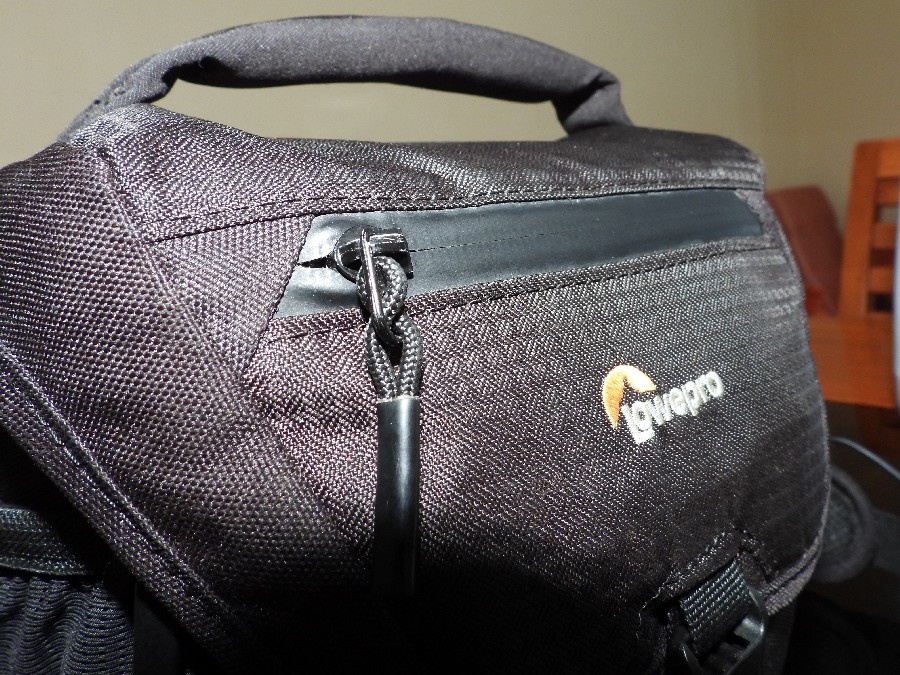
Given the 24-3000mm range of this camera, it makes it very versatile for various shooting conditions. The photos do have a good bokeh effect too; even when you’re shooting a far of object, you’ll get one. Since you can zoom in to a crazy amount, you shouldn’t really find the need to zoom in to a photo after clicking it, but in case you do, you might find that the photo clarity isn’t all that much.
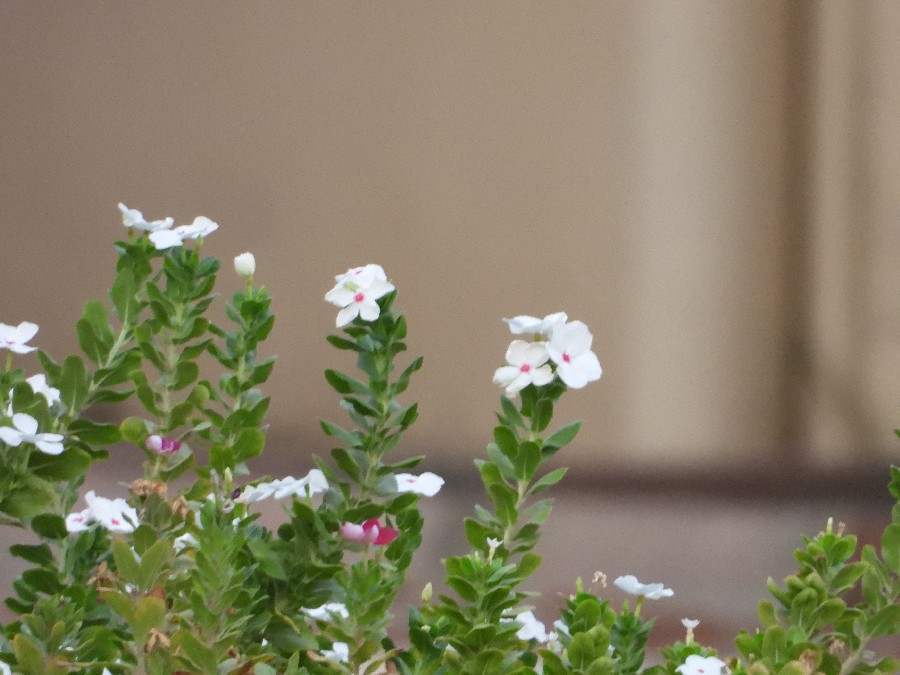
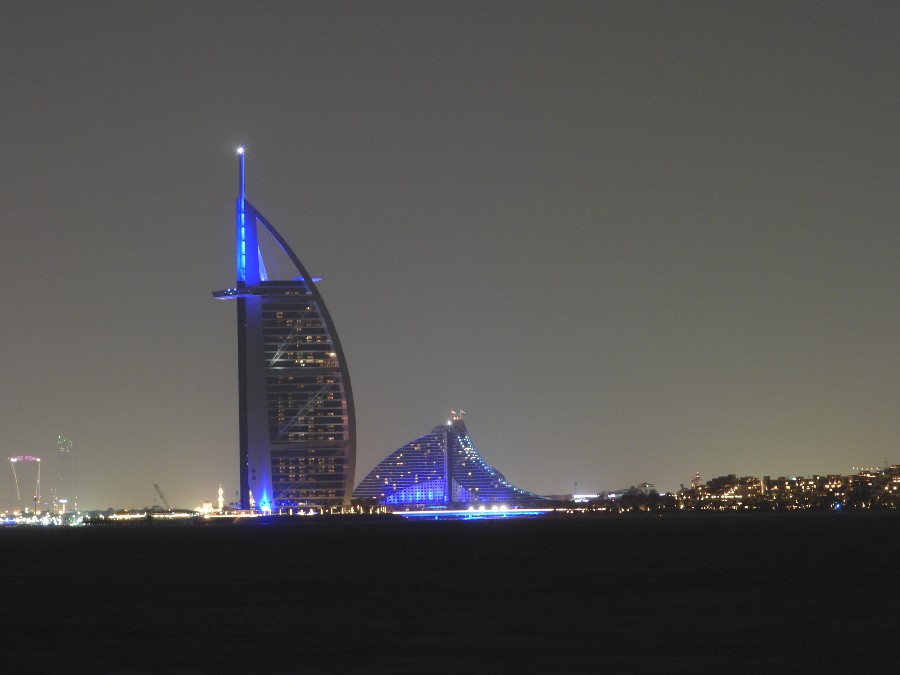
Video:
Another pleasant surprise was that the camera can shoot video at 4K UHD (3840 x 2160) at 30p and 25p. The P1000 can also shoot time-lapse as well as slow motion videos (in HD). You can also take photos with it while shooting a video. For 4K videos, you can take up to 20 photos while shooting a video.
Focus:
The focus on the Nikon Coolpix P1000 is also pretty good. In most of the day-light situations, it focused very well on the subject. I was using the ‘target finding AF’ mode which is the default focus mode, and it detects the target correctly. There were times during low light conditions when it couldn’t focus very well, or took a long time to focus. Achieving focus isn’t really a problem during most situations. If you’re in the Manual focus mode, it also has focus peaking which helps to show you where your focus is, and the best part is that you can adjust focus using the control ring which helps to make fine adjustments.
Shortcomings:
Now let’s look at the drawbacks of this one. Before I list them down, one needs to keep in mind the price point at which you’re getting a 24-3000mm camera. So obviously you cannot expect everything you get from a professional DSLR (or mirrorless), but there are certainly some things which can be improved.
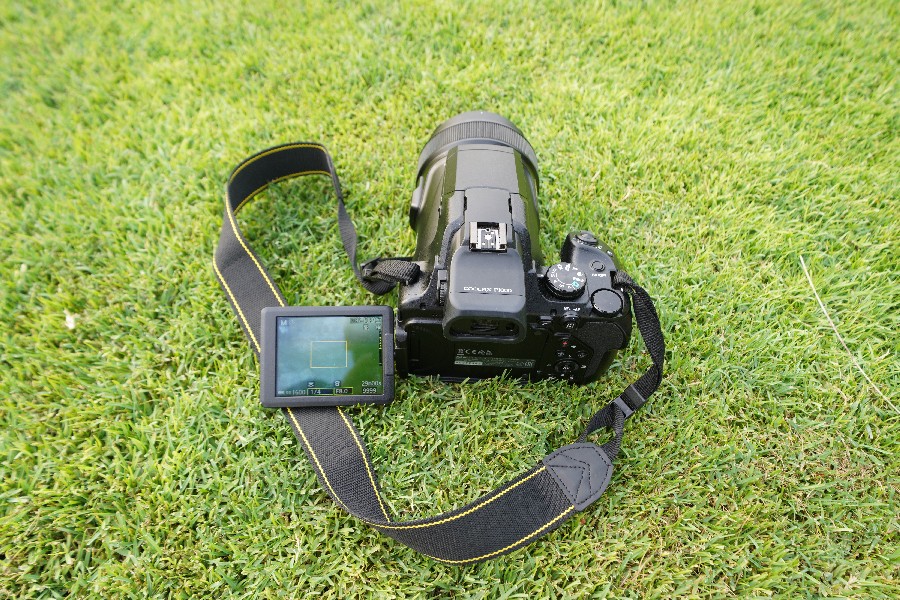
First and foremost, it is the sensor. It uses a 1/2.3″ inch sensor (16 MP) which is certainly way smaller than a lot of cameras at that price point; in fact it is even smaller than what some of the flagship phones have these days. You can zoom into the photo a little bit if it’s clicked at a lower ISO, but for higher ISO pictures, it looks really grainy. You can expect a phone-like quality from the pictures. The ISO range is 100-6400 which makes sense because beyond that the pictures would have a lot of noise anyway.
The battery life is about 250 shots as claimed by Nikon. I got a bit less than that; especially considering the amount of zooming that I got carried away with. Also, it takes a really long time to charge – about 3 hours with the Nikon charger which is quite a bit for a battery that lasts for barely 250 shots.
The camera feels a bit heavy to carry (at around 50 ounces ~ 1.4 kg), and after shooting with it for sometime, you do feel the strain . If you’re particularly a fan of shooting telephoto (long distance shots), then it’s worth it, otherwise carrying it around for everyday use would feel bulky. Also, the body of the P1000 is made of plastic and doesn’t feel solid.

Another thing to remember in case you’re shooting telephoto is that as you zoom, the weight of the camera tends to go towards the front, and the tripod connector is on the main body which does make the lens lean forward and when you’re trying to get that far away object in the frame, and it becomes really cumbersome since the lens tilt is not something which the photographer would have probably taken into consideration while using a tripod. Also, when fully zoomed, the aperture narrows down to f/8 which would require you to have a slower shutter or a higher ISO to compensate.
There are times when the Nikon coolpix P1000 struggled (mostly night shots or less contrasting areas) to focus. There were times when it took 5-7 seconds to focus (or unable to focus – and showed a red box), and you’re just waiting for the camera to do its thing.

That being said, it has just the AF-S and the AF-F modes; it lacks the AF-C, so if you half-press the shutter to focus, and then point your camera somewhere else, you’ll have to leave the shutter and half-press it again to focus.
The buffer (cache) in this camera is small too. It can click only up to 7 shots in continuous high speed shooting mode.
The P1000 has the timer option of 3 secs. and 10 secs. Sadly, the timer switched off taking a photo, and I had to set it again for clicking the next one. So in a situation where I’m at the super telephoto end and have positioned the camera well, pressing a few buttons to get the timer back each time tends to move the camera by just that little bit, and getting the frame back is a task.
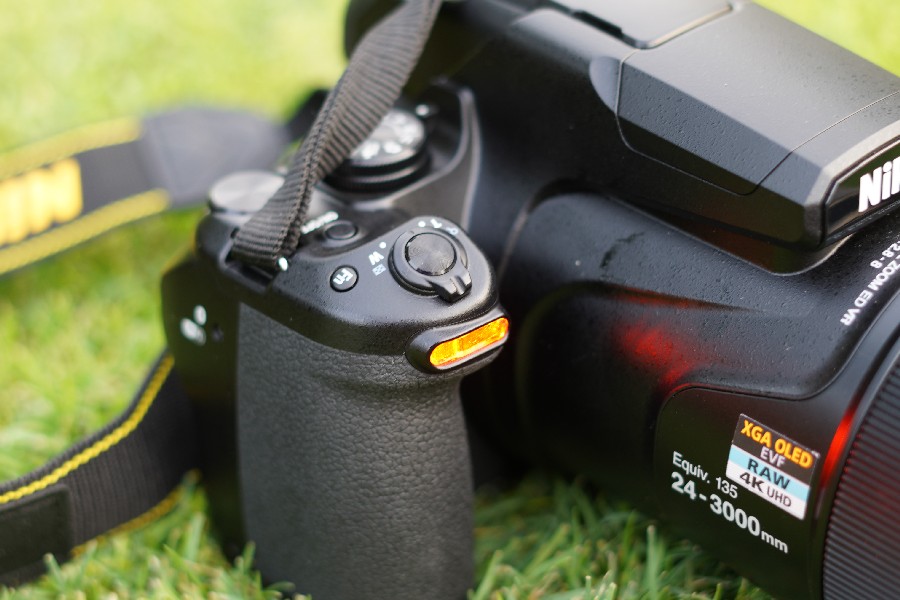
I also found a few flaws in the way the camera is programmed. If you need to change the shutter speed to something like 25 seconds, the ISO has to be less than 400, otherwise you can go only up to 1 sec. If the ISO is at 1600, you can only go as slow as 0.5 secs. In the M (manual) mode, the ISO refused to budge from 100 when in Auto; I tried keeping it on the regular Auto mode as well as one of the fixed range auto modes (where the maximum ISO is capped at 400 or 800). If I used the same shutter speed and aperture for a dark area as I did for a brighter area, the ISO would remain at 100 in Auto mode and click a very under-exposed picture.
Verdict:
Overall, I think the Nikon Coolpix P1000 is an interesting device. For a camera to have 125x Optical zoom is really amazing; the camera is definitely versatile and suited for almost any situation. It does get a bit bulky to carry around every time though, and a bigger sensor would have been nice.
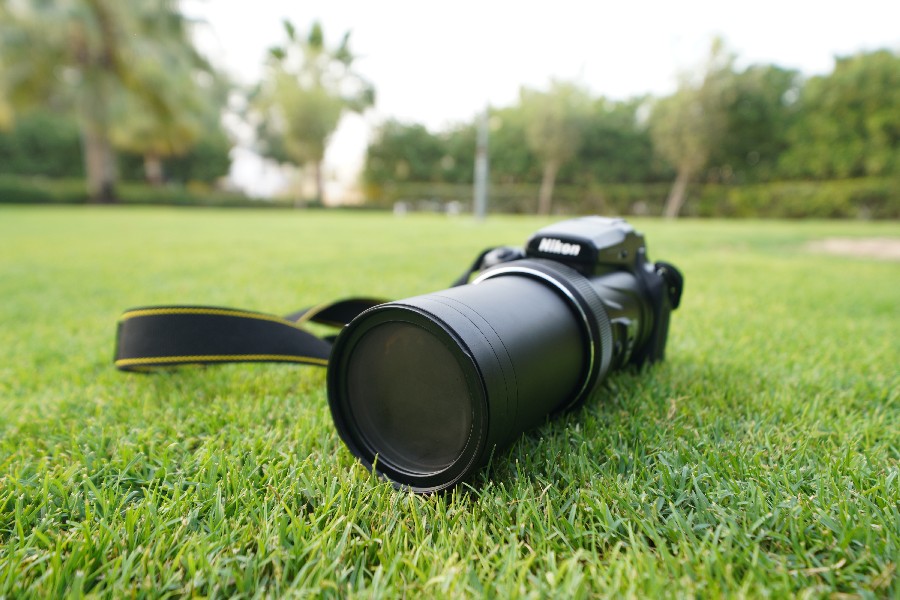
Who is this camera for?
If you’re looking for a camera which looks interesting and grabs people’s eyeballs when you use it, this is certainly for you. If you want to zoom into the moon this will get the job done. A camera which can be used to click everyday things and also something that’s far off, this is for you. You might not be able to print a very good quality image, but if that’s not what you want, then this can be a good choice.
Other cameras to consider:
Nikon Coolpix P900,
Fujifilm FinePix S1
Panasonic Lumix DC-FZ82
Canon PowerShot G3 X
Sony RX10 iii
N.B.: All photos in this review have been scaled down for the purpose of publishing.

